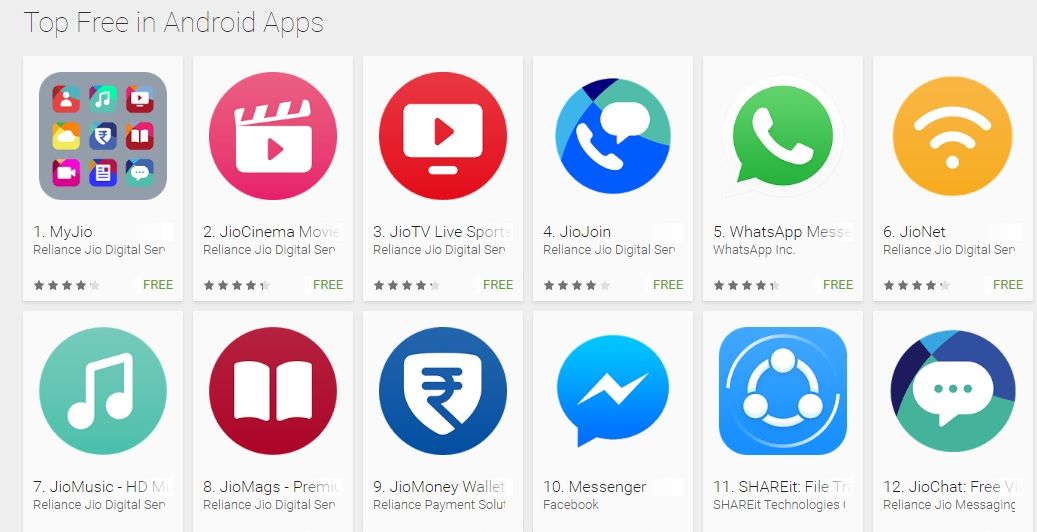
Any developer can submit suggestions for apps and all of these will be reviewed by the KaiStore team.įrom these submissions we will select the apps that are most fitting for KaiOS and our target audience, to guarantee the best possible experience for our users. The KaiStore will be curated for the foreseeable future. Simple and convenient! So in the coming months and years, we will be turning more of our attention to help bring more apps to the KaiStore that are developed with this unique target audience in mind. Users can use their Google Assistant to find answers, get things done and open apps using nothing but their voice – all they have to do is press and hold Google Assistant button to get started. For example, we partner with Google and make Google Assistant available in the KaiStore. The next important step is to create relevant content (including apps) specifically for those who access the (mobile) internet for the first time. Resolving these problems is crucial, but they’re only the beginning. Reducing digital inequality doesn’t end by solving device affordability, digital literacy, and data pricing (more details on these issues in this post).

Our mission at Kai is to close the digital divide, and the KaiStore plays a central role in this effort. Now let’s look at what makes the KaiStore different! Closing the digital divide In the coming months, many more titles will be added in categories like gaming, streaming entertainment, travel, social media, and health. We have signed up many of the world’s most popular apps, like Facebook, Twitter, and several from Google (Google Maps, Google Search, and Google Assistant). KaiOS also supports push notifications, just like a regular smartphone.Īnother similarity is the type of content you can find in the KaiStore. Many are free, some are paid, others offer in-app purchases.

You can read a preview, find info on the developer, and download the apps you like.

You can browse app categories, like social media and games. The similaritiesĬonceptually, the KaiStore is no different from a store for apps on other devices.

With the launch of the KaiStore on KaiOS-powered devices, this smartphone-monopoly on apps ends. Until now, the smartphone has been the domain of apps and their stores. It sounds like an oddity: apps on a (“dumb”) feature phone.


 0 kommentar(er)
0 kommentar(er)
